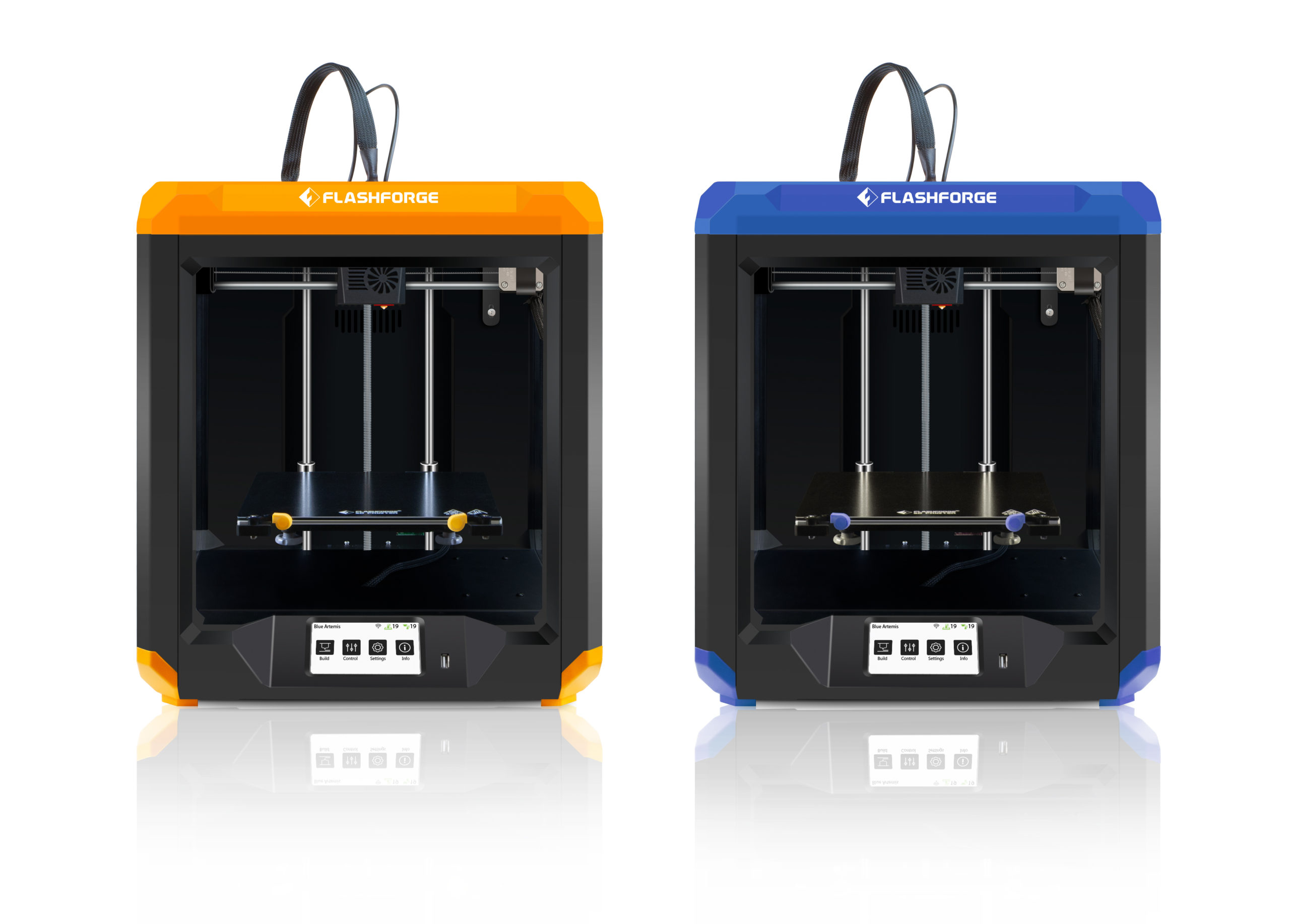How to configure google assistant

Google Assistant, a sophisticated product of artificial intelligence technology, is one of Google's key innovations. This advanced software has quickly become a central part of Google's vast ecosystem, which includes Google Home devices, Android smartphones and tablets, and various Google apps. Its main function is that of a virtual assistant, ready to respond quickly to your orders or requests with a high level of efficiency and convenience.
Google Assistant's capabilities are extensive and diverse, making it a powerhouse of functionality right in the palm of your hand or in your smart home environment. Among its innumerable features, it can facilitate communication by making phone calls or sending text messages. Moreover, it can help you organize your schedule and maintain your productivity by setting reminders, creating calendar events, and more. Perhaps one of its most impressive features is its ability to answer your questions through Google's robust search engine, retrieving and delivering accurate information in seconds. Overall, the Google Assistant is a high-performing tool that transforms and streamlines your daily tasks in innovative ways.
In this comprehensive guide, we'll dive deep into the process of setting up the Google Assistant on two main platforms: Android devices and Google Home. By taking you step-by-step through the setup process, we aim to provide you with a clear understanding of how to get Google Assistant working. Beyond that, we'll also explore how you can customize Google Assistant settings to align with your unique needs and preferences, ensuring that your experience with this virtual assistant is not only smooth, but personalized to your style. of life.
Setting up Google Assistant on Android devices Step 1: Check CompatibilityBefore setting up the Google Assistant, make sure your Android device is compatible. As of the deadline of my knowledge in September 2021, your device must meet the following criteria:
An Android device running Android 5.0 (Lollipop) or later versions. Google app version 6.13 or higher. Google Play services installed. A Google account. The device language is set to a language supported by Google Assistant. Step 2: Enable Google Assistant Open the Google app on your Android device. At the bottom right, tap "More". Then go to "Settings". Tap "Google Assistant". Under "All settings", select "General". Enable Google Assistant. Step 3: Set up your Google AssistantTo get the most out of Google Assistant, it's worth spending some time customizing its settings:
To customize your "Voice Assistant", return to the Google Assistant setup page. Scroll down to the "Assistant" section and tap on "Assistant voice" to choose a voice preference. To manage "Personal Results", go to the "Assistant" section. Then click on "Your data in the assistant". Turn on "Personal results" to allow Google Assistant to access data from your other Google services. Setting up Google Assistant on Google HomeThe Google Assistant also works with Google Home devices. Here's how you can configure it:
Step 1: Install the Google Home appFirst, install the Google Home app from Google Play Store or Apple App Store on your smartphone or tablet.
Step 2: Set up the Google Home device Open the Google Home app. On the home screen, tap "+Add". Then tap "Set up device". Select "New devices". Make sure your phone or tablet is connected to the same Wi-Fi network that you intend to use to set up your Google Home device. Follow the steps in the app to connect your Google Home device to the Wi-Fi network. When prompted, set your Google Assistant preferences. Step 3: Customize Google Assistant settings on Google HomeYou can customize various Google Assistant settings on Google Home,...


Google Assistant, a sophisticated product of artificial intelligence technology, is one of Google's key innovations. This advanced software has quickly become a central part of Google's vast ecosystem, which includes Google Home devices, Android smartphones and tablets, and various Google apps. Its main function is that of a virtual assistant, ready to respond quickly to your orders or requests with a high level of efficiency and convenience.
Google Assistant's capabilities are extensive and diverse, making it a powerhouse of functionality right in the palm of your hand or in your smart home environment. Among its innumerable features, it can facilitate communication by making phone calls or sending text messages. Moreover, it can help you organize your schedule and maintain your productivity by setting reminders, creating calendar events, and more. Perhaps one of its most impressive features is its ability to answer your questions through Google's robust search engine, retrieving and delivering accurate information in seconds. Overall, the Google Assistant is a high-performing tool that transforms and streamlines your daily tasks in innovative ways.
In this comprehensive guide, we'll dive deep into the process of setting up the Google Assistant on two main platforms: Android devices and Google Home. By taking you step-by-step through the setup process, we aim to provide you with a clear understanding of how to get Google Assistant working. Beyond that, we'll also explore how you can customize Google Assistant settings to align with your unique needs and preferences, ensuring that your experience with this virtual assistant is not only smooth, but personalized to your style. of life.
Setting up Google Assistant on Android devices Step 1: Check CompatibilityBefore setting up the Google Assistant, make sure your Android device is compatible. As of the deadline of my knowledge in September 2021, your device must meet the following criteria:
An Android device running Android 5.0 (Lollipop) or later versions. Google app version 6.13 or higher. Google Play services installed. A Google account. The device language is set to a language supported by Google Assistant. Step 2: Enable Google Assistant Open the Google app on your Android device. At the bottom right, tap "More". Then go to "Settings". Tap "Google Assistant". Under "All settings", select "General". Enable Google Assistant. Step 3: Set up your Google AssistantTo get the most out of Google Assistant, it's worth spending some time customizing its settings:
To customize your "Voice Assistant", return to the Google Assistant setup page. Scroll down to the "Assistant" section and tap on "Assistant voice" to choose a voice preference. To manage "Personal Results", go to the "Assistant" section. Then click on "Your data in the assistant". Turn on "Personal results" to allow Google Assistant to access data from your other Google services. Setting up Google Assistant on Google HomeThe Google Assistant also works with Google Home devices. Here's how you can configure it:
Step 1: Install the Google Home appFirst, install the Google Home app from Google Play Store or Apple App Store on your smartphone or tablet.
Step 2: Set up the Google Home device Open the Google Home app. On the home screen, tap "+Add". Then tap "Set up device". Select "New devices". Make sure your phone or tablet is connected to the same Wi-Fi network that you intend to use to set up your Google Home device. Follow the steps in the app to connect your Google Home device to the Wi-Fi network. When prompted, set your Google Assistant preferences. Step 3: Customize Google Assistant settings on Google HomeYou can customize various Google Assistant settings on Google Home,...
What's Your Reaction?














![Three of ID's top PR executives quit ad firm Powerhouse [EXCLUSIVE]](https://variety.com/wp-content/uploads/2023/02/ID-PR-Logo.jpg?#)







